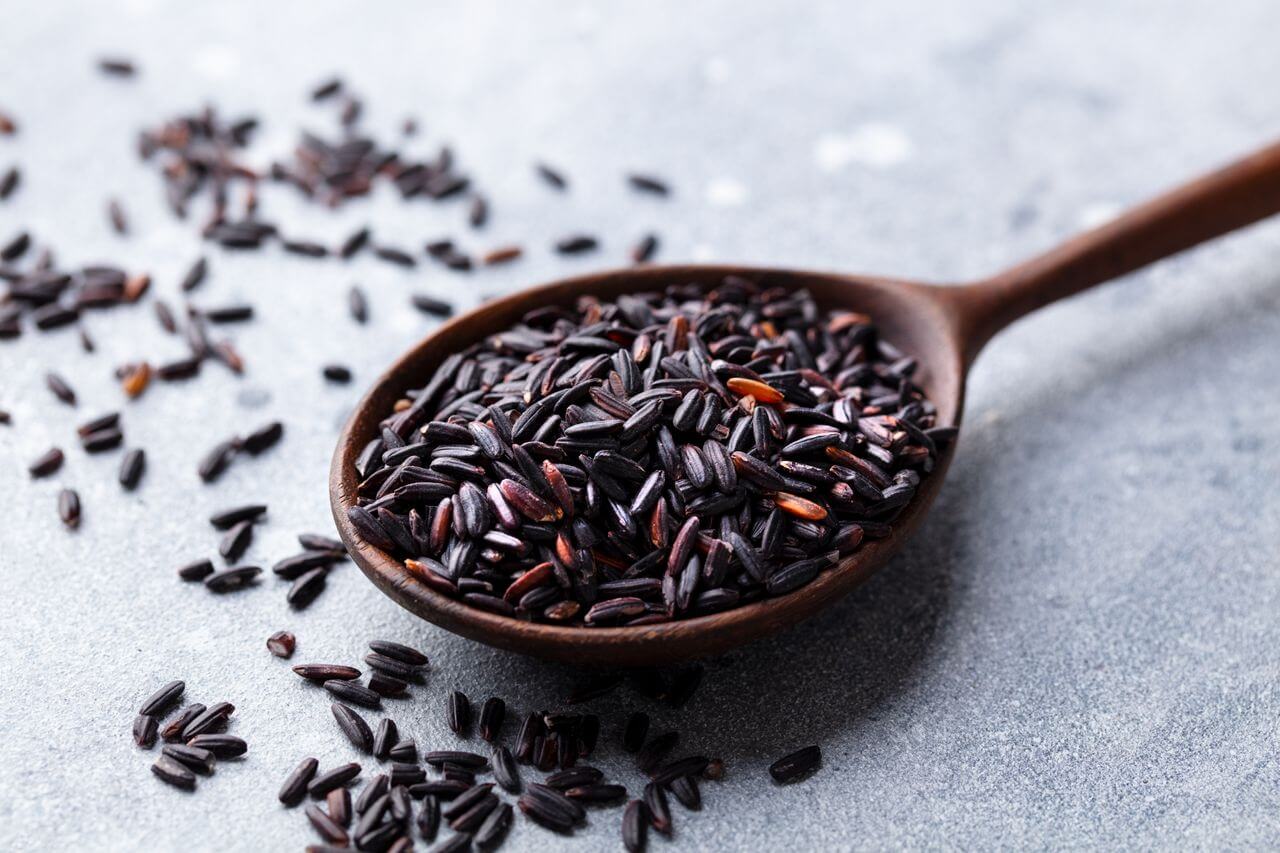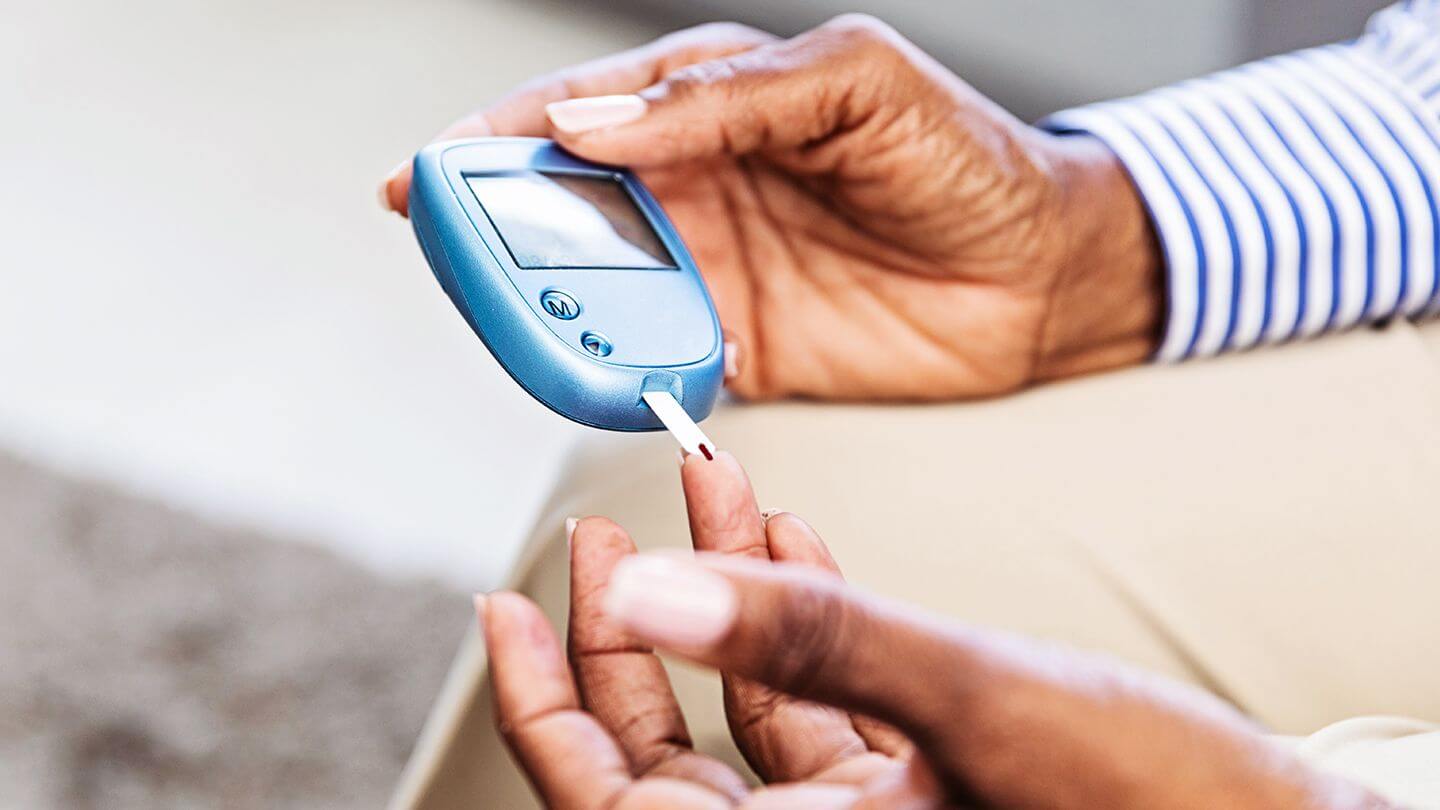'Parrot Fever' outbreak in Europe kills 5 people, here are causes & symptoms
Fri 08 Mar 2024, 23:24:28

In recent news, five people have tragically died from a disease known as 'parrot fever' in Europe. This shocking revelation by the World Health Organization (WHO) has caused widespread concern and panic among pet owners and bird enthusiasts. But what exactly is parrot fever and how can it be prevented? In this article, we will delve into the causes, symptoms, and treatment of this deadly disease to shed light on this growing health concern.
What is parrot fever?
According to Dr Monalisa Sahu, Consultant Infectious Diseases, Yashoda Hospitals Hyderabad, parrot fever, also known as psittacosis or Chlamydia psittaci infection, parrot fever is a bacterial infection caused by the bacteria Chlamydia psittaci. It primarily affects birds, including parrots, parakeets, cockatiels, and pigeons, but can also be transmitted to humans. The bacteria can be found in the droppings and secretions of infected birds and can spread through direct contact or inhalation of contaminated dust particles.
How does parrot fever affect humans?
When a person comes into contact with the bacteria, they can develop flu-like symptoms such as fever, chills, headache, muscle aches, and fatigue. In more severe cases, it can also cause pneumonia and other respiratory problems.
What are the causes of this disease?
As mentioned earlier, the bacteria Chlamydia psittaci is primarily found in birds. It can be transmitted to humans through direct contact with infected birds or their droppings, feathers, or respiratory secretions. People who work with birds, such as bird breeders, pet store employees, and veterinarians, are at a higher risk of contracting the disease. Additionally, people who have weakened immune systems or pre-existing respiratory
conditions are more susceptible to parrot fever.
conditions are more susceptible to parrot fever.
What are the symptoms of parrot fever?
The most common symptoms include:
Fever and chills
Headache
Myalgia
Occasional rashes
Muscle aches
Dry cough
Nausea and vomiting
Difficulty breathing or shortness of breath
Pneumonia (in severe cases)
How to diagnose parrot fever?
Mostly the diagnosis of the disease can be done by the presence of clinical signs and symptoms and presence of exposure history to the birds or their secretions and droppings, and the presence of antibodies against the organism in the blood of the patients.
How is parrot fever treated?
The good news is that parrot fever can be treated with antibiotics if diagnosed early. The most common antibiotics used to treat this disease include doxycycline and erythromycin. In severe cases where pneumonia has developed, hospitalisation may be necessary for intravenous antibiotics and supportive care.
How can we prevent parrot fever?
The most effective way to prevent parrot fever is to practice good hygiene when handling birds or working in areas where birds are present. This includes washing your hands thoroughly after handling birds or their cages, avoiding touching your face while handling birds, and wearing gloves and a mask when cleaning bird cages or handling sick birds.
In addition to these preventative measures, it's also vital to educate yourself and others about the risks of parrot fever. If you work in an environment where birds are present or come into contact with birds frequently, make sure to be aware of the symptoms and seek medical attention if necessary.
No Comments For This Post, Be first to write a Comment.
Most viewed from
Most viewed from Health
AIMIM News
Asaduddin Owaisi files nomination papers on Friday
Apr 20, 2024
Owaisi Begins Election Campaign in Hyderabad
Apr 13, 2024
Latest Urdu News
Most Viewed
May 26, 2020
Do you think Ruturaj Gaikwad would be a good captain for Chennai Super Kings?
Latest Videos View All
Like Us
Home
About Us
Advertise With Us
All Polls
Epaper Archives
Privacy Policy
Contact Us
Download Etemaad App
© 2024 Etemaad Daily News, All Rights Reserved.















.jpg)
.jpg)
.jpg)
.jpg)
.jpg)
.jpg)


.jpg)
.jpg)
















